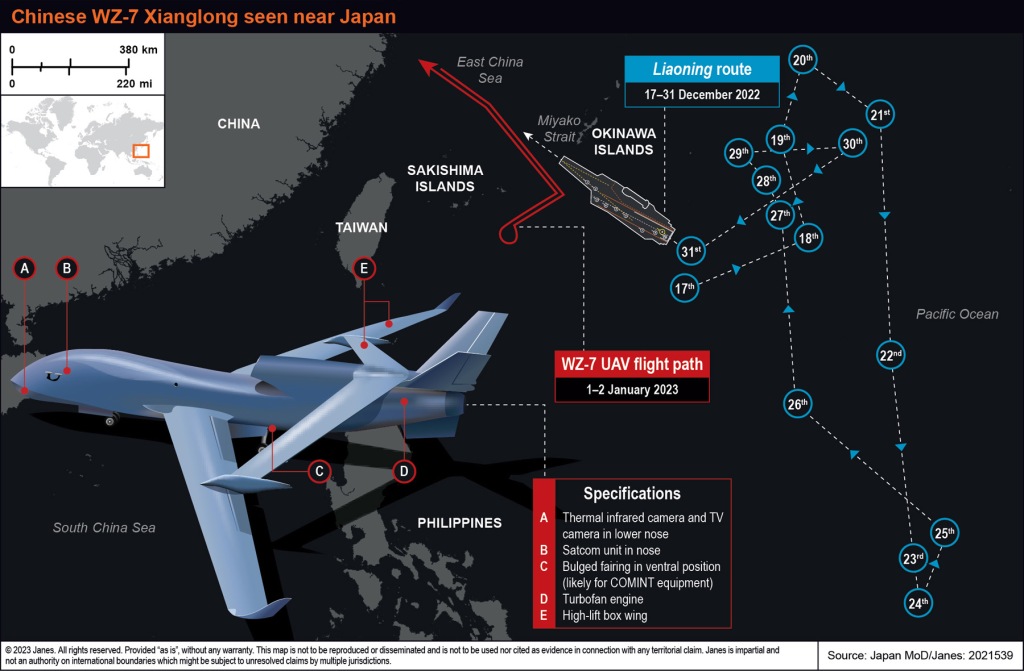
This post is a diversion from this site’s traditional focus on the Second World War. It delves into a subject that is a part of my day job – military aviation journalism in the Indo-Pacific. As the above masthead reveals, covering the Chinese military is a major part of my work. This post includes aircraft art that I created during the course of my reporting.
These pieces will show the strides made by Beijing in its efforts to outpace the combat air capabilities of not just its Asian neighbors, but also also Russia and the US-led Western Alliance.
China is at the heart of a growing and increasingly divisive great power competition in the Indo-Pacific – not unlike the situation created by the early Shōwa-era Japanese in the years before World War II. Officially, China aims to have a world-class military by 2050. It also aims to displace the current western world order led by the United States to emerge as the foundation of a new global economic bloc.
To achieve this, the Chinese communist party under Xi Jinping is wielding ancient national mythos. These are powerful narratives which hold China as being the center of the world, the seat of invention and economy – a position that China believes it was deprived off by foreign countries in the “century of humiliation” between the first opium war and World War II.
The Chinese communist party now holds that China is on the cusp of a rebirth. At the same time, the Chinese politburo’s ambition has little regard for a multipolar future where the US-led system has an equal place. To assure future Chinese domination, the country’s authoritarian regime has backed a policy of unprecedented military development.
Gone are the days when the Chinese People’s Liberation Army (PLA) Air Force could be regarded as a mass of aging and qualitatively inferior Soviet-era combat aircraft. Two decades of heightened industrial espionage, reverse-engineering and the aping of external technological designs have propelled genuine Chinese technological breakthroughs, particularly in military engines, airframe design and avionics.
The result is the PLA air force has updated its air power capabilities several times in the last 10 years. For example, it’s airborne electronic warfare (EW) and electronic intelligence capabilities (ELINT) have approached the third generation in the span of 15 years.
In February 2023, leaked images revealed that the Chinese were undertaking flight trials of a new and improved version of their aging Shaanxi Aircraft Corporation (SAIC) KJ-200 ‘Moth’ airborne early warning and control (AEW&C) aircraft.

The new variant appears to be a multisensory platform that can not only be used for airborne early warning (AEW) operations, but also for intelligence-gathering and reconnaissance. (An abbreviated “free” version of my article can be found here: https://www.janes.com/defence-news/news-detail/china-assessing-improved-kj-200-special-mission-aircraft)
China is also trying to rival the United States and the western alliance in fifth-generation stealth aircraft technology. As its new catapult-enabled third aircraft carrier, Fujian, takes shape, the PLA appears to be pushing for the induction of the navalized version of its Shenyang Aircraft Corporation (SAC) J-31/FC-31 Gyrfalcon fifth-generation stealth fighter.

This new version appears to be a counterpart of the Lockheed Martin F-35 Lightning II and has the potential Chinese designation of J-35. It was even redesigned to incorporate features found on the F-35 such a forward-hinged clamshell canopy. (Article here, but behind a paywall: https://customer.janes.com/display/BSP_52168-JDW)
China’s eagerness to engage in great power competition has prompted a campaign of military projection outside its borders. This has translated to encroachments of territory and seascapes based on controversial historical claims. In the air, Chinese aircraft initially focused on harassing Taiwan but in recent years, have also started appearing near South Korea, the Philippines, Malaysia and Japan – to the chagrin of these countries.
In January 2023, China started flight operations of its Guizhou Aviation Industry Group (GAIG) WZ-7 Xianglong (Soaring Dragon) multirole high-altitude long-endurance (HALE) unmanned aerial vehicle (UAV) near Japanese territory. (Article here, but again behind a paywall: https://customer.janes.com/Janes/Display/BSP_52366-JDW)

Much of China’s military advancements are shrouded in secrecy but China’s state-owned organs such as media, often parrot advancements. In early July 2023, state-owned media aired over 26 minutes of video footage on the Tengden company’s improved TW328-A unmanned combat aerial vehicle (UCAV). The paywalled article can be found here: https://customer.janes.com/Janes/Display/BSP_59004-JDW

The video footage showed the TW328-A wielding a wide range of air-launched weaponry. The detail was not entirely unexpected. As much as China is opaque and secretive, it cannot help but flaunt its achievements. Such projects support its beliefs that it is an empire in the making, amid dreams that it is accruing the political and military heft to lead the world.◘

“Except” where noted…..
Thank you for pointing that out.